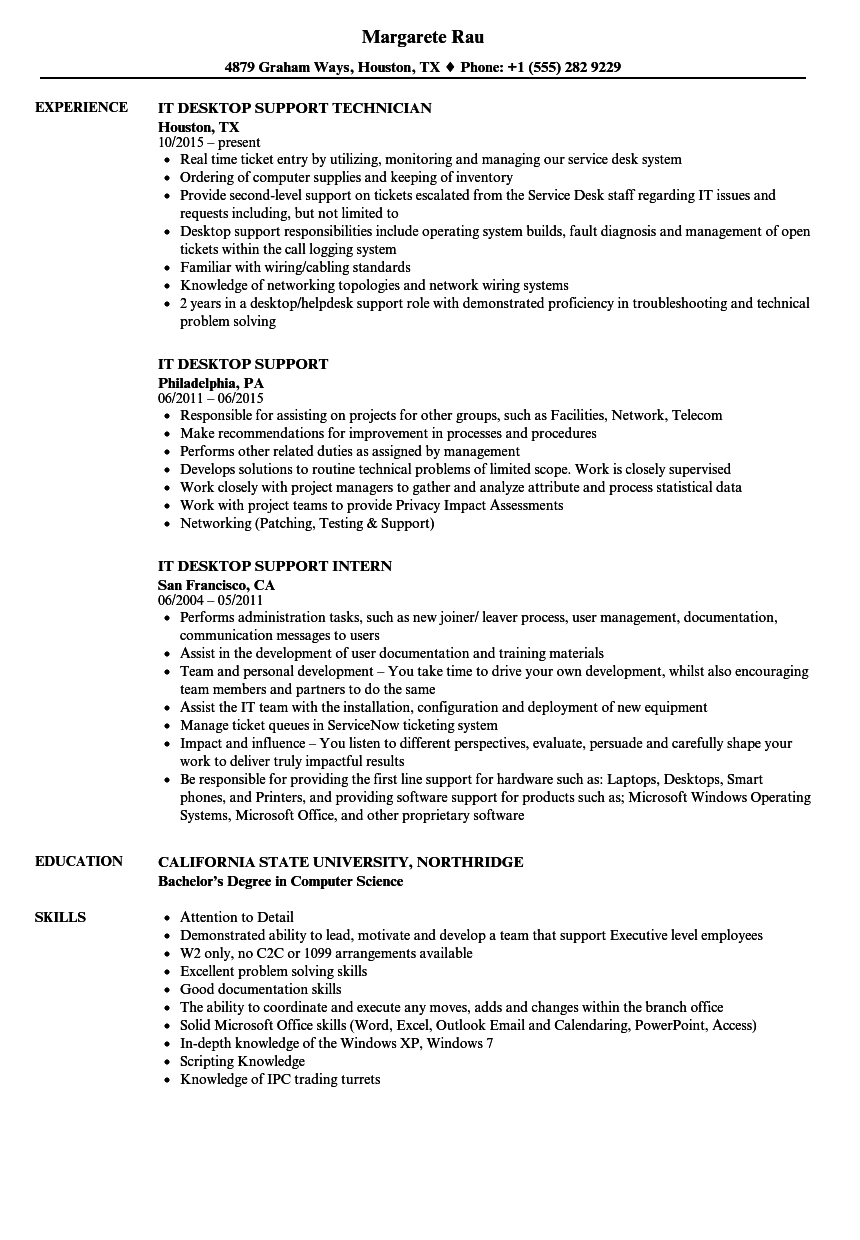

Salvagers were determined to free the vessel as the spring tide rolled in, raising the canal’s water level as much as 18 inches, analysts and shipping agents said. The ship’s manager said that in addition to the tugboats and dredgers, high-capacity pumps will draw water from the vessel’s ballast tanks to lighten the ship. Several dredgers, including a specialized suction dredger that can extract 2,000 cubic meters of material per hour, dug around the vessel’s bow, the company said. The company that oversees the ship’s operations and crew, Bernhard Schulte Shipmanagement, said 11 tugboats were helping, with two joining the struggle on Sunday.

But officials cautioned that the ship’s bow remained firmly planted in the soil and that the operation still faced significant hurdles.

That came on top of progress from Friday, when canal officials said dredgers had managed to dig out the rear of the ship, freeing its rudder.īy Saturday afternoon, they had dredged 18 meters down into the canal’s eastern bank. It did not go far - just two degrees, or about 100 feet, according to shipping officials.
#Ever resume. given once again afloat drivers
Late Saturday, tugboat drivers sounded their horns in celebration of the most visible sign of progress since the ship ran aground late Tuesday. The army of machine operators, engineers, tugboat captains, and other salvage operators knew they were in a race against time. Source: Satellite image by CNES, via Airbus With concerns the salvage operation could take weeks, some ships decided not to wait, turning to take the long way around the southern tip of Africa, a voyage that could add weeks to the journey and more than $26,000 a day in fuel costs. Vessels packed with the world’s goods - including cars, oil, livestock and laptops - usually flow through the waterway with ease, supplying much of the globe as they traverse the quickest path from Asia and the Middle East to Europe and the East Coast of the United States. It appeared to be the culmination of one of the largest and most intense salvage operations in modern history, with the smooth functioning of the global trading system hanging in the balance.Įach day the canal was blocked put global supply chains another day closer to a full-blown crisis. Images on social media showed tugboat crews celebrating their progress in the predawn hours. local time, and crews will continue maneuvers as the water rises, according to the authority. The next high tide will peak at 11:42 a.m. If it is still stuck in clay or obstructed by rocks, the early morning optimism could quickly fade. While the ship was moving, what remained unclear was if the bulbous bow - a protrusion at the front of the ship just below the waterline - is totally clear of dirt and debris. The stern was now some 300 feet from shore, according to the Suez Canal Authority. While shipping officials and the Egyptian authorities cautioned that the complicated operation was still underway, they expressed increasing confidence the ship would soon be completely free. Salvage teams, working on both land and water for five days and nights, were ultimately assisted by forces more powerful than any machine rushed to the scene: the moon and the tides.Īs water levels swelled overnight, the hours spent digging and excavating millions of tons of earth around the Ever Green paid off as the ship slowly regained buoyancy, according to officials. The mammoth cargo ship blocking one of the world’s most vital maritime arteries was wrenched from the shoreline and set partially afloat again early Monday, raising hopes that traffic could soon resume in the Suez Canal and limit the economic fallout of the disruption.


 0 kommentar(er)
0 kommentar(er)
